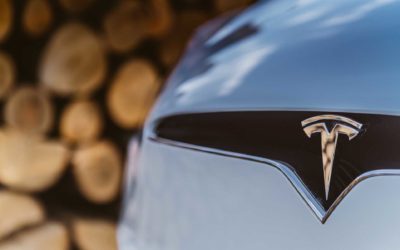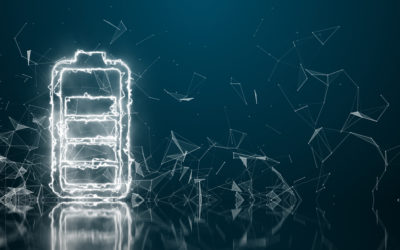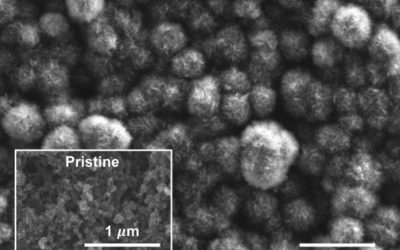Tesla’s Next Generation Electrolyte Sulfites Patent Battery Could Replace the Lithium Ion.
Tesla filed a new patent application which will greatly increase the effefiention and battery capacity of its current Lithium Ion technology battery with improve charge time and battery life.
The automaker, space company, and battery manufacturer claims to have discovered a new Dioxazolone and nitrile sulfite electrolyte solution additive with its existing Li-Ion batteries. Chief engineer at Tesla, along with Jeff Dahn and research partner, claim the battery should outlast any current lithium ion battery technology by over easily powering an electric vehicle over one million miles.
So, what is the next generation of Lithium Ion batteries for Tesla?
To get a we-bit technical, with a couple big words, it is a new next generation advanced chemistry battery that has a new additive of Dioxazolone and nitrile sulfite solution to create a nonaqueous super low resistant and high conductive electrolyte solution. This is combined with a lithium nickel manganese cobalt cathode (NMC) anode.
To make it simple and meaningful, the battery may have double the charge capacity, charge twice as fast, and last, and last twice as long. ,
No word yet on the manufacturability and cost of the battery.
The battery is a joint development with inventore Jeff Dahn, a mega research expert and pioneer, David Scott Hall, HYNES, Toren and research team at Dalhousie University of Nova Scotia Canada. The patent was filed as an international patent with the World Intellectual Property Organization (WIPO) under publication number “WO 2109/241869A1’. See Patent Description.
The official patent title is:
DIOXAZOLONES AND NITRILE SULFITES AS ELECTROLYTE ADDITIVES FOR LITHIUM-ION BATTERIES – WO2019241869 –
The was filed by Tesla Motors Canada, but was no doubt the brainchild of the king of electric cars: Elon Musk.
The patent specifically states in the Abstract the following:
“Improved battery systems have been developed for lithium-ion based batteries. The improved systems include a nonaqueous electrolyte including one or more lithium salts, one or more nonaqueous solvents, and an additive or additive mixture comprising one or more operative additives selected from a group of disclosed compounds, including 3-aryl substituted 1,4,2- dioxazol-5-ones and 3-phenyl-1,3,2,4-dioxathiazole 2-oxide.”
The batteries can be potentially be used for EV’s, home battery storage (such as in Tesla’s “PowerWall”), and solar home energy storage.
What is Dioxazolones?
Dioxazolones are a convenient class of acyl nitrene transfer reagents. Their application in homogeneous transition-metal catalysis has led to many new amidation reactions. Dioxazolones are typically activated by transition metals at relatively low reaction temperatures.





0 Comments